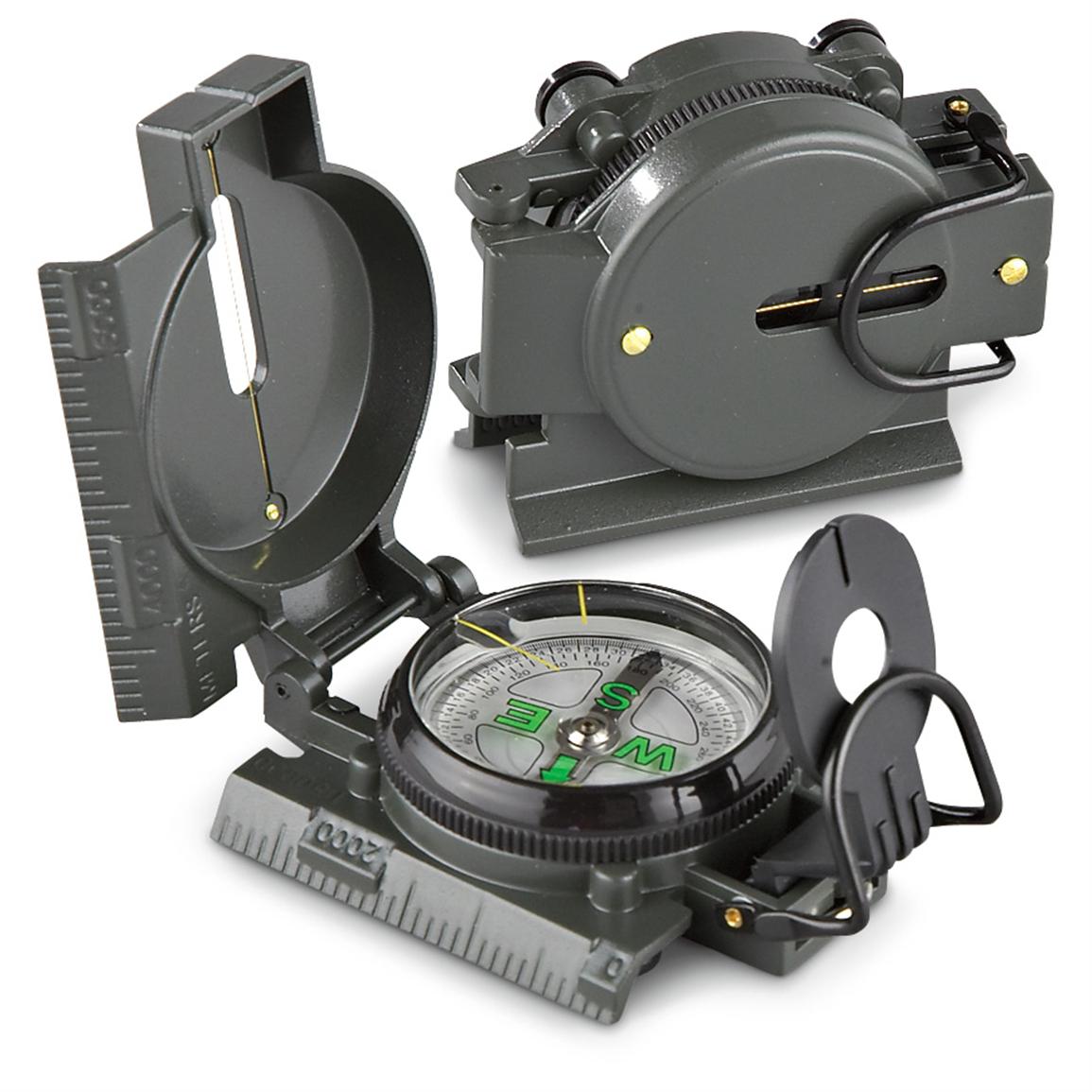Compasses are one of the most recognizable tools of the woodland traveler. Whether you’re the man of the mountain or just a Boy Scout, it’s widely considered that you’d be adept with a compass. Whether you’re new to the topic, or just looking for a refresher, here’s some important information to remember about the survival tool.
They’re Reliable
With the advent of the modern GPS system, compasses have fallen by the wayside. While a GPS is a fantastic tool in its own right, there are times where they won’t be of any use to you. If the signal is bad or their battery dies, for example. Compasses don’t rely on either of those. They can get wet, they’re durable. A compass can be that emergency backup you need when the rest goes wrong.
What is Declination?
Just because your compass points north, doesn’t exactly mean its north. It can be skewed and altered in your location based on tectonic plate shift. This phenomenon is known as declination. Its represented as a number and a direction. Maps will sometimes point out an area’s declination. Though only trust newer maps, since this changes over time. If your map says 4 degrees east, then you want to subtract that from your bearing from the west.
Types of Compasses
 One of the most popular compasses for wilderness use are lensatic compasses. These use a sighting wire on a flip-up cover with a rear lens. The sighting system helps the user take highly accurate readings of the environment. By looking down the lens, you can know the exact degree that a landmark is from your position. Commonly used in the military, you can find similar models online.
One of the most popular compasses for wilderness use are lensatic compasses. These use a sighting wire on a flip-up cover with a rear lens. The sighting system helps the user take highly accurate readings of the environment. By looking down the lens, you can know the exact degree that a landmark is from your position. Commonly used in the military, you can find similar models online.
 Another common compass type is the baseplate compass. These are flat, often transparent compasses, primarily used with maps. The idea is to place them flat against a map, and it will help the user get their bearings on the local area. These are often more affordable than lensatic compasses but don’t offer the same degree of lone utility. All the same, they can be found online as well.
Another common compass type is the baseplate compass. These are flat, often transparent compasses, primarily used with maps. The idea is to place them flat against a map, and it will help the user get their bearings on the local area. These are often more affordable than lensatic compasses but don’t offer the same degree of lone utility. All the same, they can be found online as well.
Smartphones Are Compasses
You may not have known this, but many modern smartphones have compass functionality built into them, no GPS required. Check and see if your model supports a compass app, and download one from the appropriate app store. While you might not have signal in the deep wilderness, it might provide you with some valuable guidance.

